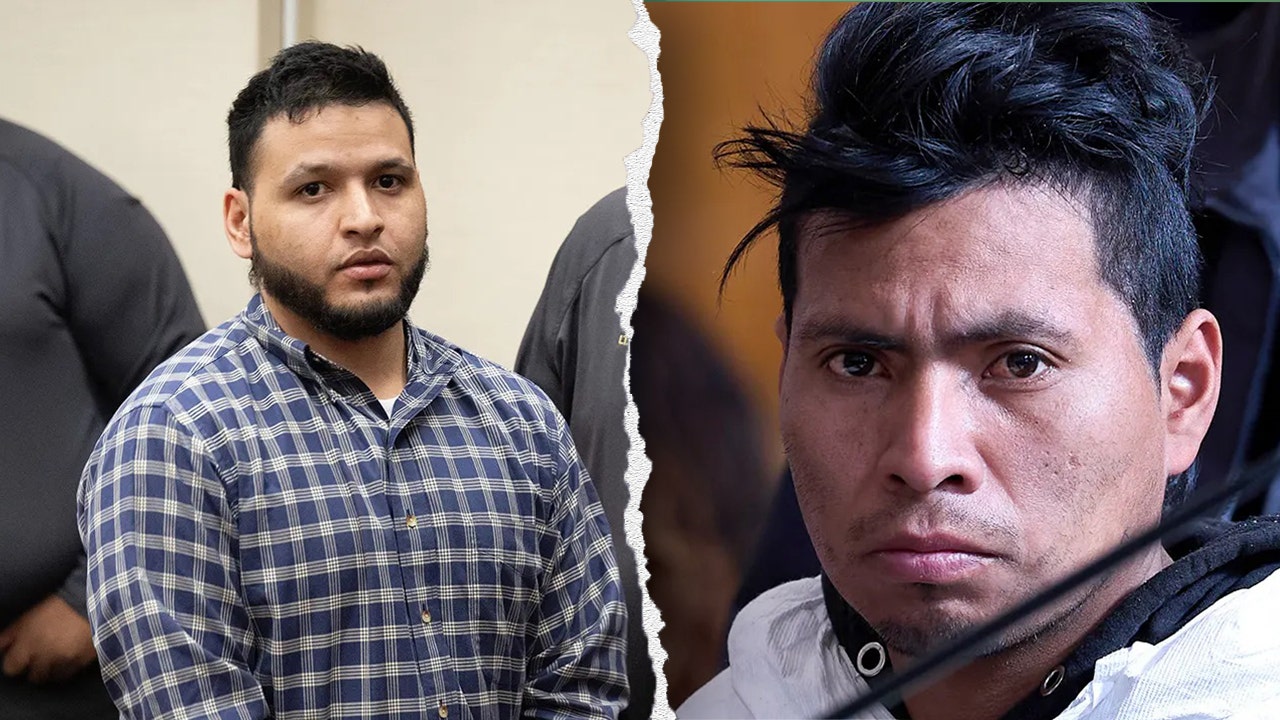When the bass dropped at Selangor’s Pinkfish Festival on New Year’s Eve, the crowd erupted in euphoria. But by sunrise, celebration had turned to tragedy – with four attendees dead, three hospitalised, and Malaysia’s festival culture thrust into the spotlight for all the wrong reasons.
The deaths have revived a debate over drug use in a Muslim-majority nation with some of the harshest narcotics laws in Southeast Asia. This punitive framework leaves little room for harm-reduction strategies like drug-testing services, posing a dilemma for recreational drug users.
“There’s no sure way to know if what I’m taking is 100 per cent safe,” said Sara, 32, a regular at music festivals. “The test kits are prohibitively expensive and not even available in Malaysia.”
In Malaysia’s rural and working-class communities, methamphetamine – known as pil kuda or “horse pills” – is the drug of choice, in part due to its relative affordability, but also because of their capacity to stave off fatigue among manual workers.

For the party crowd, however, more expensive drugs such as MDMA, Ecstasy and ketamine dominate. Like many recreational users, festivalgoer Zakaria, 31, relies on advice from friends and online forums to mitigate risks.
“We always stay hydrated and take small doses at intervals,” he said. But such DIY harm-reduction measures leave users vulnerable to the unexpected – and sometimes fatal – consequences of unregulated drugs.

 By South China Morning Post | Created at 2025-01-11 09:34:56 | Updated at 2025-01-11 11:59:59
2 hours ago
By South China Morning Post | Created at 2025-01-11 09:34:56 | Updated at 2025-01-11 11:59:59
2 hours ago








